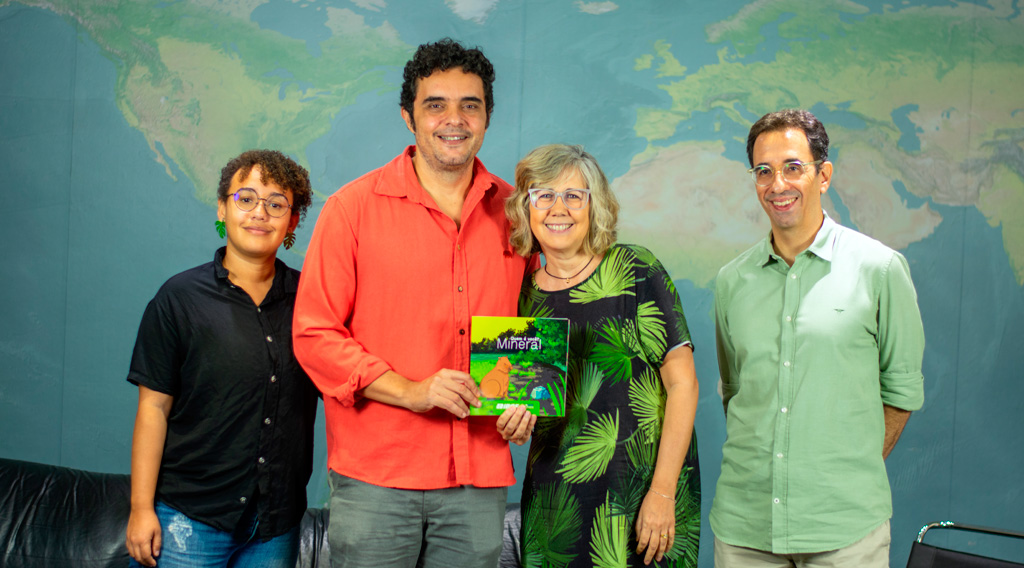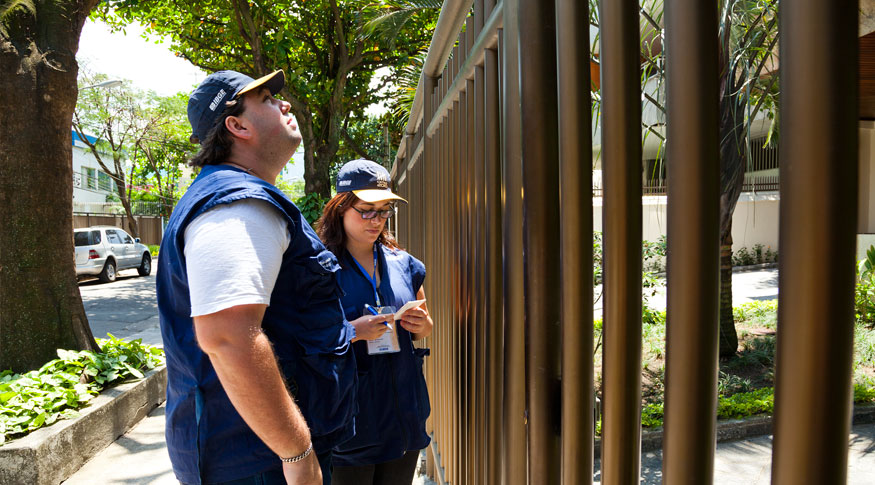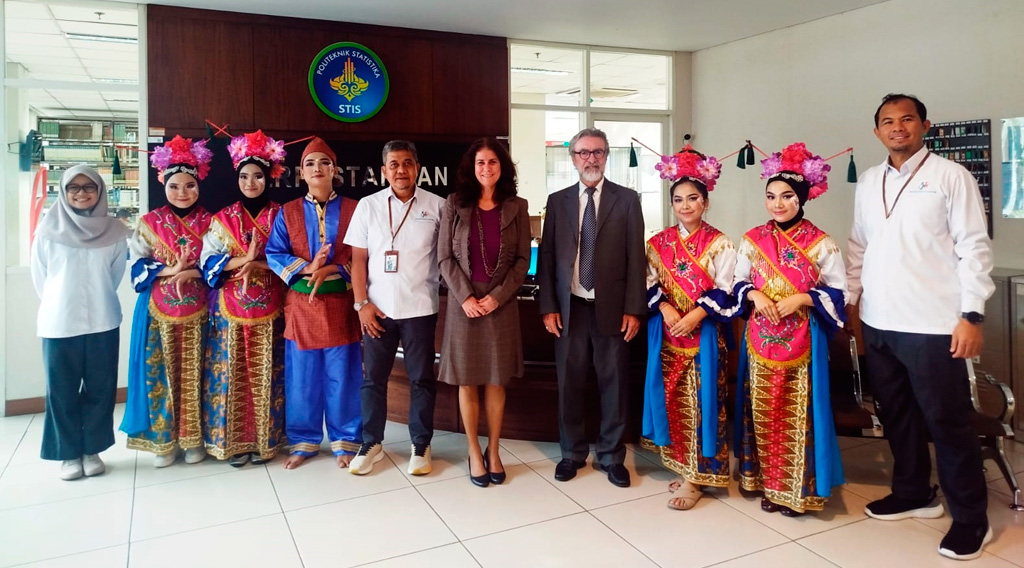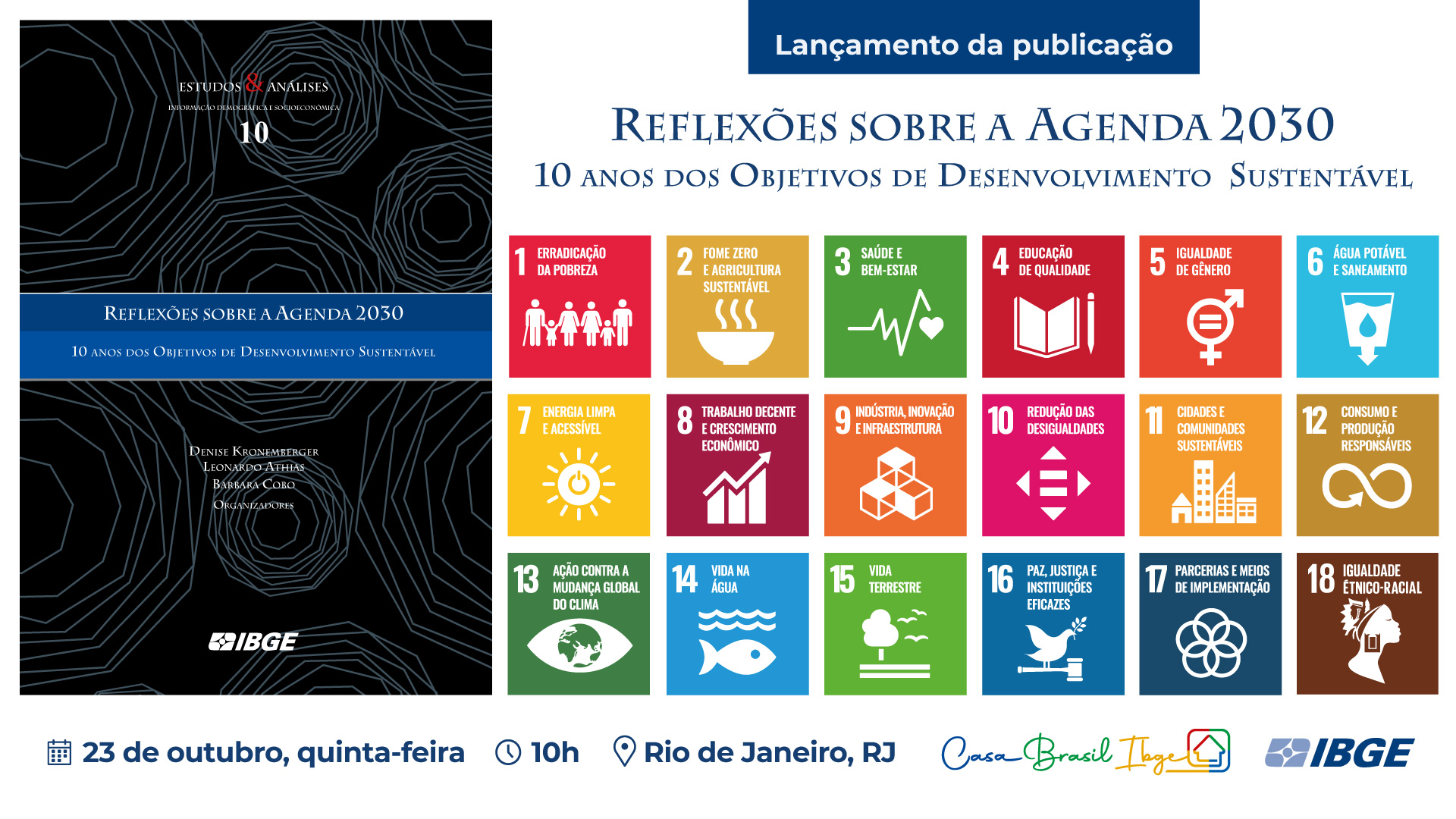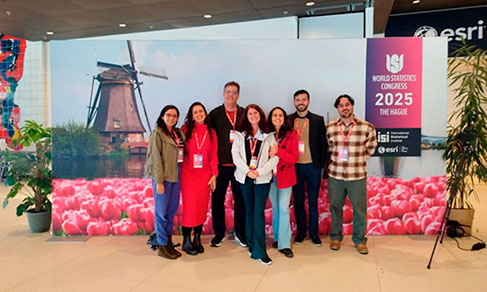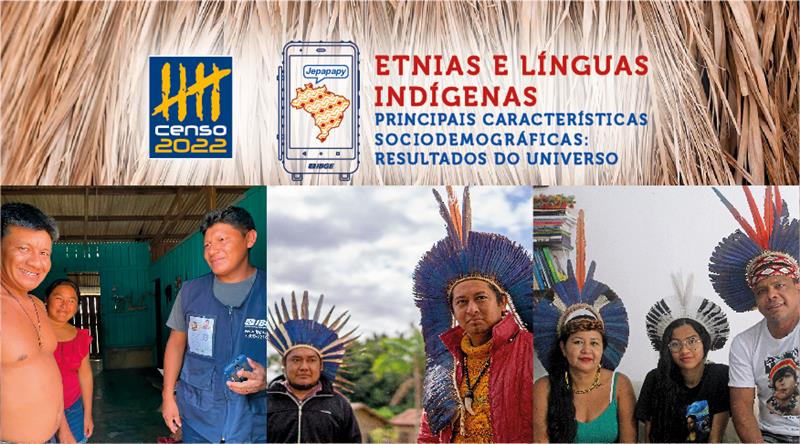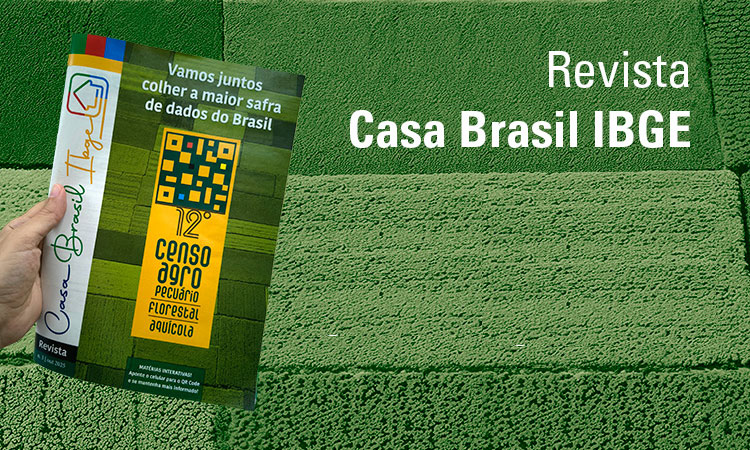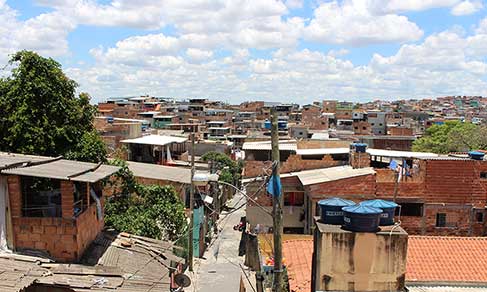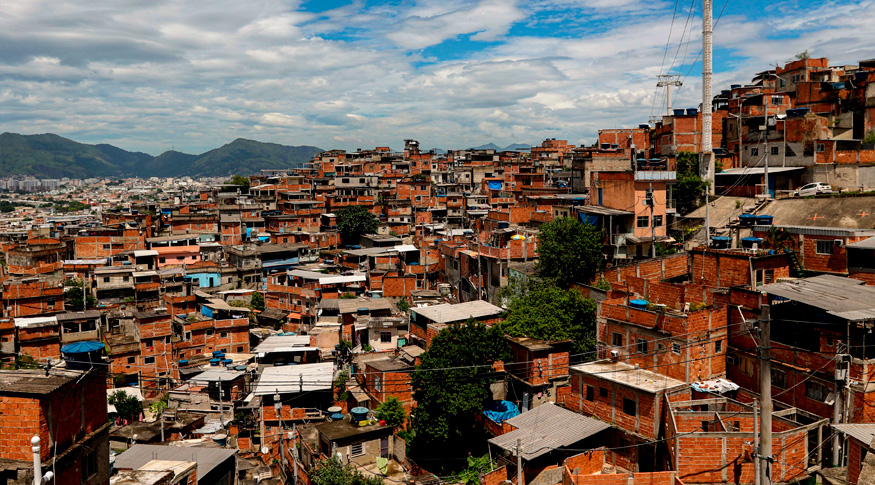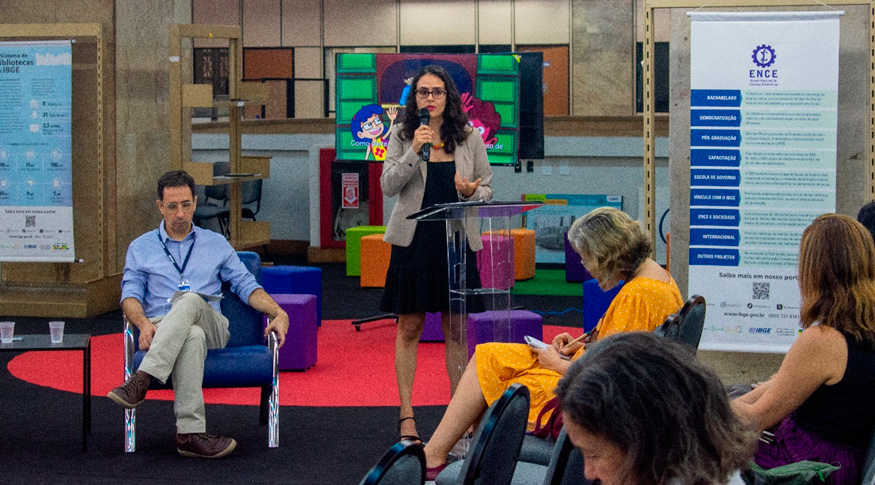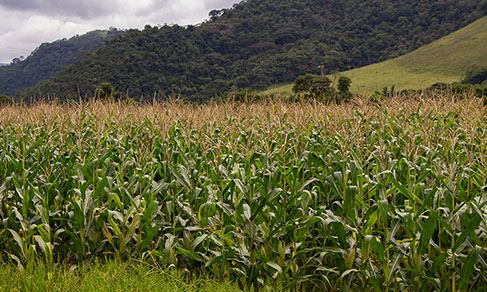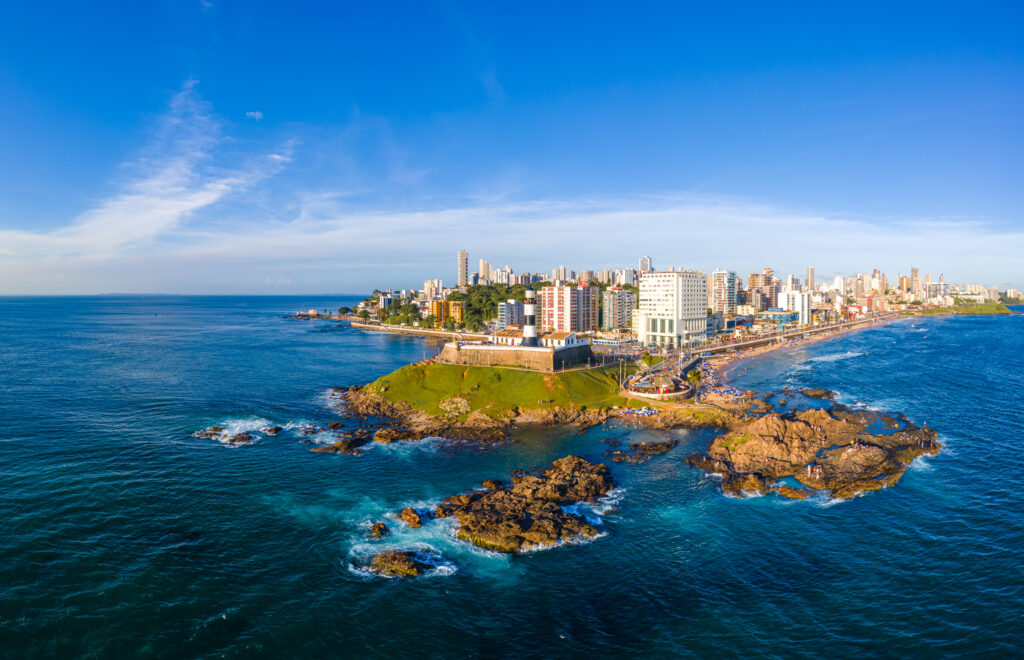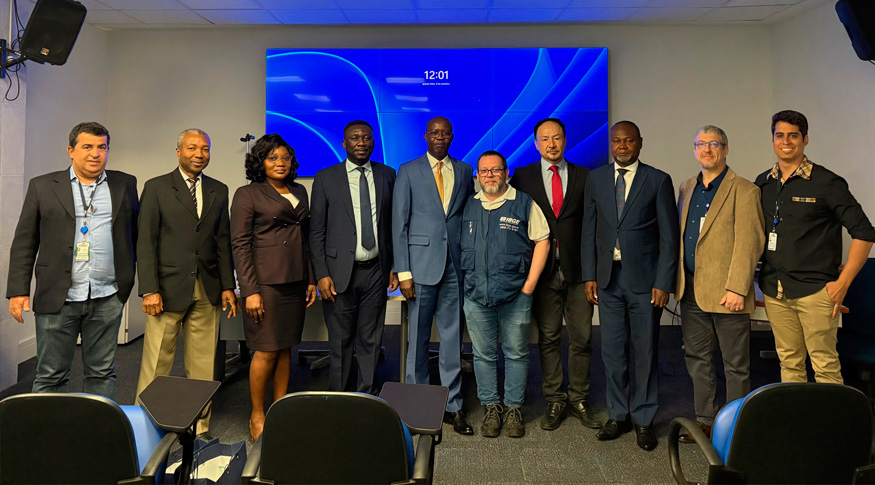Survey of Surroundings
IBGE checks out urban infrastructure of 21 municipalities for 2020 Census' test
February 20, 2019 09h00 AM | Last Updated: February 22, 2019 12h29 PM
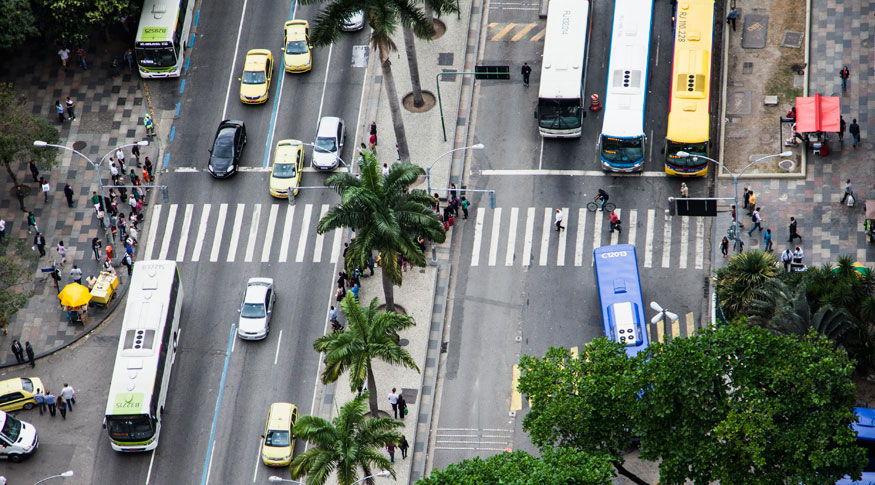
IBGE technicians started today (20) to canvass the urban infrastructure of 21 municipalities where the second pilot test of the 2020 Population Census, scheduled for March, will be carried out. The teams will visit the area once a week to see, for example, the existence of street pavement, of bus stops, of bikeways, of afforestation, besides surveying accessibility issues, as the existence of tactile paving and ramps for people with disability.
This operation functions as a test for the Territory Survey of Urban Household Surroundings, which will be carried out in every municipality of the country two weeks before the collection for the next Census, in August 2020.
| Test for Territorial Survey of Urban Surroundings - Selected Municipalities |
||
|---|---|---|
| Parintins (AM) | João Pessoa (PB) | Lajeado (RS) |
| Boa Vista (RR) | Marcação (PB) | Porto Alegre (RS) |
| Belém (PA) | Água Belas (PE) | Campo Grande (MS) |
| Santarém (PA) | Ibirajuba (PE) | Corumbá (MS) |
| Miranorte (TO) | Maceió (AL) | Figueirópolis D’Oeste (MT) |
| Elesbão Veloso (PI) | Maricá (RJ) | Jauru (MT) |
| Tibau do Sul (RN) | Rio de Janeiro (RJ) | Rio Quente (GO) |
In the 2010 Census, this survey showed that, among the Brazilian cities with more than a million inhabitants, Goiânia had the highest percentage of households in areas with trees, whereas Belém had the highest proportion of households in areas with open sewage.
Besides contributing to public policies, the survey facilitates the census takers' displacement. It detects, for instance, if there is a non-mapped area, to make sure that the streets are represented in the map that will be a guide to the enumerator.
The IBGE Territorial Survey supervisor ,Maikon Novaes, explains that, in this test, the field technician will check the existence of the structural items and, in some cases, consider just the maximum criterion, as in pavement, which will be only counted in if the sidewalk is fully paved.
The canvassing is a quick process, which will be operated by nearly 37 technicians in the testing period. This number will jump to 27 thousand persons that will be temporarily hired next year for the 2020 Census. “In a neighborhood of an average demographic density, around 350 households, our teams can cover from eight to twelve blocks a day”, says Maikon.
Both in the test and in the official enumeration of 2020, the most precarious areas will be contemplated, such as slums, named by the IBGE as subnormal agglomerates. Nine places characterized as such will be visited in the stage starting tomorrow.
Those areas were contemplated in the last Census, but now more restricted areas will be also included: “we are testing a different methodology, which allows us to collect information from subnormal agglomerates without regular street addresses. We will have a point cloud that will register the average characteristic of the area”, explains Maikon.
| Test for Territorial Survey of the Rural Surroundings | |
|---|---|
| Municipalities | Subnormal agglomerates |
| Parintins (AM) | Lago do Macunary |
| Boa Vista (RR) | Unidentified |
| Santarém (PA) | Matinha |
| João Pessoa (PB) | São José |
| Maceió (AL) | Reginaldo II |
| Maricá (RJ) | Risca Faca |
| Rio de Janeiro (RJ) | Tavares Bastos |
| Porto Alegre (RS) | Tronco |
| Campo Grande (MS) | Vila Nª Sª Aparecida |
Results can become sustainability indicators
After the testing phase, the Survey of Surroundings can also contribute to build indicators for the Sustainable Development Goals (SDG), particularly SDG 11, about sustainable cities and communities.
"The themes to be discussed concern greater equity of access in the cities, such as the existence of crosswalks and shared-lane markings or sharrows. We also have the issue of afforestation, which brings climatic comfort", says the supervisor of the IBGE Territorial Survey.


